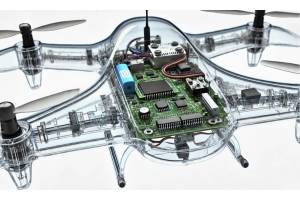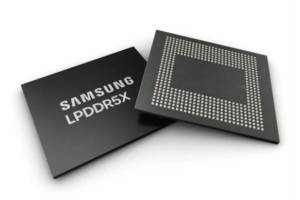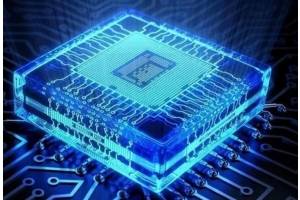Introduction
The flight controller is a core component of an aircraft, responsible for stabilizing flight attitude, controlling flight paths, and ensuring flight safety. This design proposal aims to provide a high-performance, reliable, and easily integrable flight controller for [type of aircraft].
System Requirements Analysis
-
Attitude Control: The system should accurately sense the aircraft's attitude (pitch, roll, yaw) and achieve fast, stable control. For instance, it should quickly adjust attitude to maintain level flight when encountering strong wind disturbances.
-
Position Control: Supports GPS positioning to achieve hover, waypoint flight, and other functions. For example, it should follow a preset flight path and accurately reach designated locations.
-
Flight Mode Switching: Offers manual, automatic, and semi-automatic driving modes to adapt to different flight scenarios, such as manual control in complex environments and autopilot in open areas.
-
Fault Diagnosis and Tolerance: Capable of real-time monitoring of system status and taking emergency measures in case of failure. For example, it should switch to backup sensors or perform a safe landing if a sensor fails.
Hardware Design
-
Microcontroller: Choose a high-performance [specific model] microcontroller with sufficient computing power and a rich set of interface resources.
-
Sensors: Include an accelerometer, gyroscope, and magnetometer for attitude measurement. Use a GPS module for position and velocity data and a barometer for altitude measurement.
-
Communication Module: Support Bluetooth and Wi-Fi communication for convenient data transmission and remote control with the ground station.
Software Design
-
Control Algorithms: Implement classical PID control algorithms combined with modern adaptive control algorithms to improve control precision and robustness.
-
Flight Mode Logic: In manual mode, respond directly to joystick inputs. In automatic mode, execute flights according to preset tasks and routes. In semi-autonomous mode, provide assistance based on manual interventions.
-
Fault Diagnosis and Handling: Continuously monitor sensor data and system status, issuing alerts and taking corresponding fault-tolerant measures upon detecting abnormalities.
System Integration and Testing
-
Hardware Integration: Connect and assemble various hardware modules, ensuring reliable electrical connections.
-
Software Debugging: Conduct simulated flight tests in a laboratory environment to optimize control parameters.
-
Field Testing: Perform flight tests under different environmental conditions to validate the performance and stability of the flight controller.
Conclusion
The flight controller design proposal integrates advanced hardware and software technologies to provide reliable and precise control for aircraft, meeting the needs of various flight missions. Continuous optimization and improvement will be pursued in subsequent development stages to keep pace with the evolving demands of flight technology.
Common Flight Controller Design Approaches
-
PID Controller-Based Design
This is a classic and widely used approach. PID controllers compute control quantities through proportional (P), integral (I), and derivative (D) components.
- For example, in drone attitude control, the PID controller calculates motor control signals to adjust the attitude by measuring the deviation between the current and desired attitudes.
- The advantage is its simplicity, ease of implementation, and debugging. However, it may require precise parameter tuning for complex nonlinear systems.
-
Model Predictive Control (MPC) Design
MPC predicts future states based on a mathematical model of the system and calculates optimal control inputs.
- For instance, in fixed-wing aircraft control, MPC considers the aircraft's aerodynamic model to predict future flight trajectories for precise waypoint tracking.
- The advantage is its ability to handle multiple variables, constraints, and optimization goals, but it requires high computational power and hardware capabilities.
-
Adaptive Controller Design
This approach automatically adjusts control parameters according to system changes.
- For example, when an aircraft's load changes or is affected by different wind fields, the adaptive controller can adjust the control strategy in real-time.
- The benefit is its adaptability to system uncertainties and changes, but it is relatively complex in design and implementation.
-
Fuzzy Logic Controller Design
This design uses fuzzy logic rules to make control decisions.
- For example, in helicopter flight control, it fuzzifies variables like attitude and speed and generates control outputs based on preset fuzzy rules.
- The advantage is its ability to handle imprecise and fuzzy information with low model accuracy requirements, but rule formulation requires experience and experimentation.
-
Neural Network Controller Design
Neural networks use their learning capabilities to approximate optimal control strategies.
- For example, in UAV autonomous obstacle avoidance, a neural network can be trained to recognize obstacles and generate corresponding control actions.
- The advantage is its strong learning and generalization capabilities, but acquiring training data and training the network requires significant computational resources.
These common flight controller design approaches have their strengths and weaknesses, and the choice depends on factors such as the type of aircraft, application scenarios, and performance requirements.





